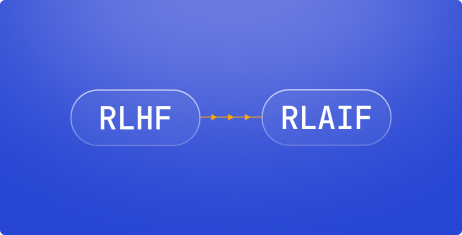
Stable Diffusion
Explore how stable diffusion is transforming AI-powered image generation, the essential role of GPUs, and the best practices for safely and efficiently utilizing this cutting-edge technology.

In the rapidly evolving landscape of artificial intelligence and machine learning, stable diffusion has emerged as a revolutionary technology for image generation. This comprehensive guide will explore what stable diffusion is, why GPUs are crucial for its operation, how to use it safely, and the options available for accessing the necessary hardware.
Understanding Stable Diffusion
Stable diffusion, also known as stability diffusion or stable diffusion AI, is a state-of-the-art text-to-image model that leverages deep learning to generate high-quality images from textual descriptions. This stablediffusion technology has transformed the approach to image creation, offering unprecedented levels of detail and creativity.
The Role of GPUs in Stable Diffusion
Graphics Processing Units (GPUs) play a critical role in running stable diffusion models effectively. Here's why:
- Computational Power: Stable diffusion models require significant processing resources to generate images quickly and efficiently.
- Memory Requirements: The stable diffusion model typically needs at least 4-5 GB of VRAM for optimal performance.
- Speed: With a suitable GPU, image generation can be completed in seconds rather than minutes or hours.
How to Use Stable Diffusion Safely
While stable diffusion offers exciting possibilities, it's crucial to use it responsibly. Consider these best practices:
- Respect copyright laws and ethical boundaries
- Be aware of potential biases in AI-generated content
- Use content filters to prevent the generation of inappropriate material
- Stay updated with the latest stable diffusion model versions and best practices
GPU Options for Stable Diffusion
Several GPU models are well-suited for running stable diffusion:
Nvidia RTX 3090
- High-performance option for demanding stable diffusion tasks
- 24GB GDDR6X memory
- Excellent for generating large, detailed images
Nvidia RTX 3080
- Balanced option for performance and cost
- 10GB GDDR6X memory
- Suitable for most stable diffusion projects
Nvidia RTX A6000
- Professional-grade GPU for intensive workloads
- 48GB GDDR6 memory
- Ideal for large batch processing and research applications
Nvidia RTX A4000
- Cost-effective option for stable diffusion
- 16GB GDDR6 memory
- Good choice for beginners and small-scale projects
Getting Started with Stable Diffusion
- Choose a compatible GPU based on your project requirements
- Set up your environment following established guides
- Install the stable diffusion webui for a user-friendly experience
- Begin generating images with your text prompts
GPU Rental Services: A Flexible Solution
For those who don't want to invest in expensive hardware, GPU rental services offer an attractive alternative. Companies like Lambda, Vast.ai, and RunPod provide GPU rental options specifically tailored for AI and machine learning tasks, including stable diffusion.
Benefits of GPU rental services include:
- Flexibility: Rent GPUs for varying durations, from hours to months.
- Cost-effectiveness: Pay only for the time you use, avoiding large upfront investments.
- Access to Latest Technology: Use the most recent GPU models optimized for stable diffusion.
- Scalability: Easily adjust your resources as your projects grow or change.
When choosing a GPU rental service, consider factors such as pricing, available GPU models, ease of use, and customer support.
Conclusion
Stable diffusion is revolutionizing AI-powered image generation, and access to suitable GPUs is crucial for maximizing its potential. Whether you're using stable diffusion 3 large for complex projects or stable diffusion SD fast for quick iterations, having the right hardware is essential.
For those exploring stable diffusion, GPU rental services offer a flexible and cost-effective way to access the necessary computational power. As you embark on your stable diffusion journey, remember that the key to success lies not just in the model itself, but in the hardware you use to run it.
By understanding the GPU requirements, following best practices, and exploring flexible access options like GPU rentals, you can unlock the full potential of stable diffusion and bring your creative visions to life.
Decentralized computing for AGI.
Decentralized computing unlocks AGI potential by leveraging underutilized GPU resources for scalable, cost-effective, and accessible research.

